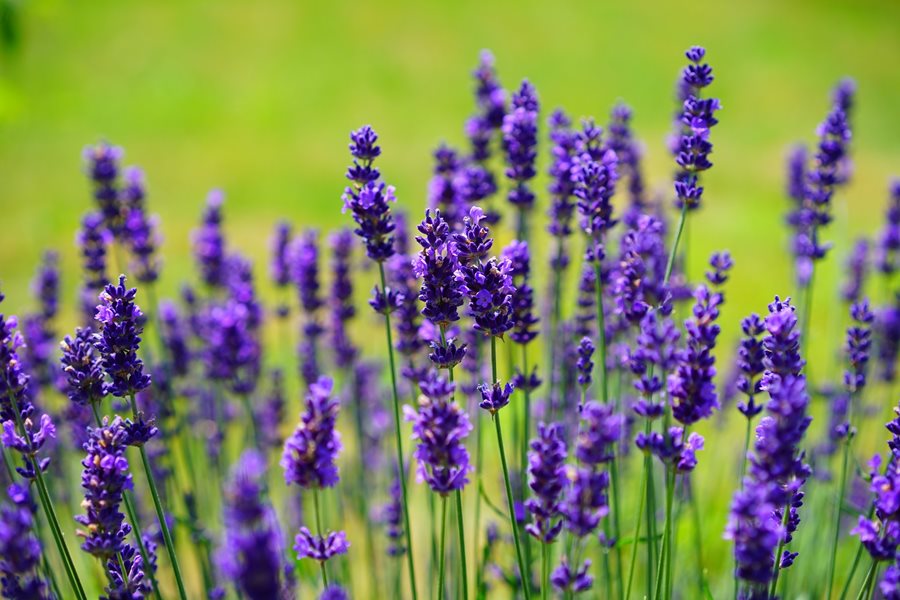GROWING LAVENDER
Lavender is a bushy, strong-scented perennial plant from the Mediterranean. In warmer regions, its gray to green foliage stays evergreen throughout the year, and the herb thrives in some of the toughest of garden condition. Here’s how to plant, grow, and harvest lavender in the garden.
Prized for its fragrance, medicinal properties, and beautiful bluish-purple color, Lavandula angustifolia is a valued plant across the world. It also attracts pollinators to the garden.
The plant is not picky and will survive in a wide range of soil, even poor soil. (It grows in the Mediterranean in craggy crevices!) Its main requirements are lots of sun and also good drainage.
Plant lavender along the entrance to your door, or near a seating area, or at the base of roses bushes to hide their sticky “legs” in the wintertime.


